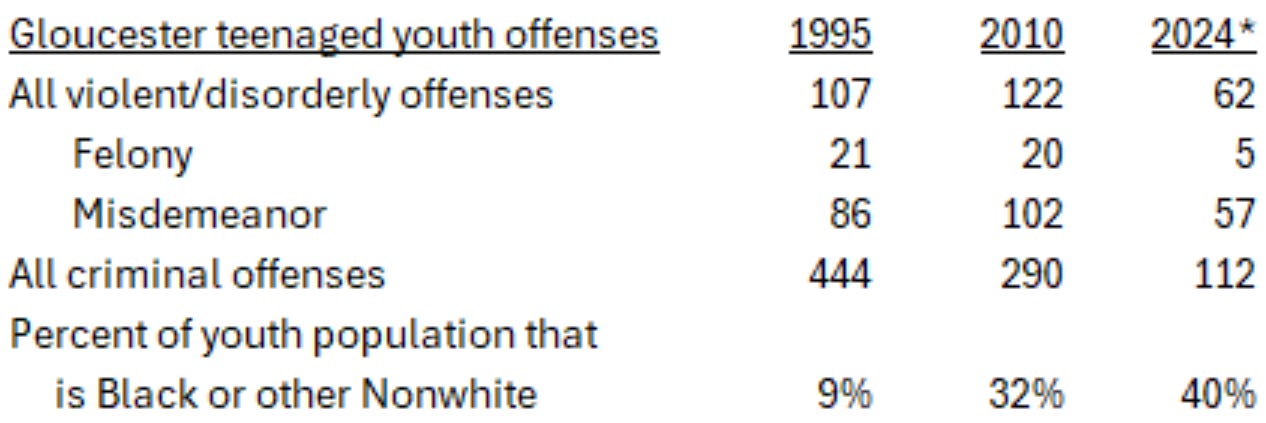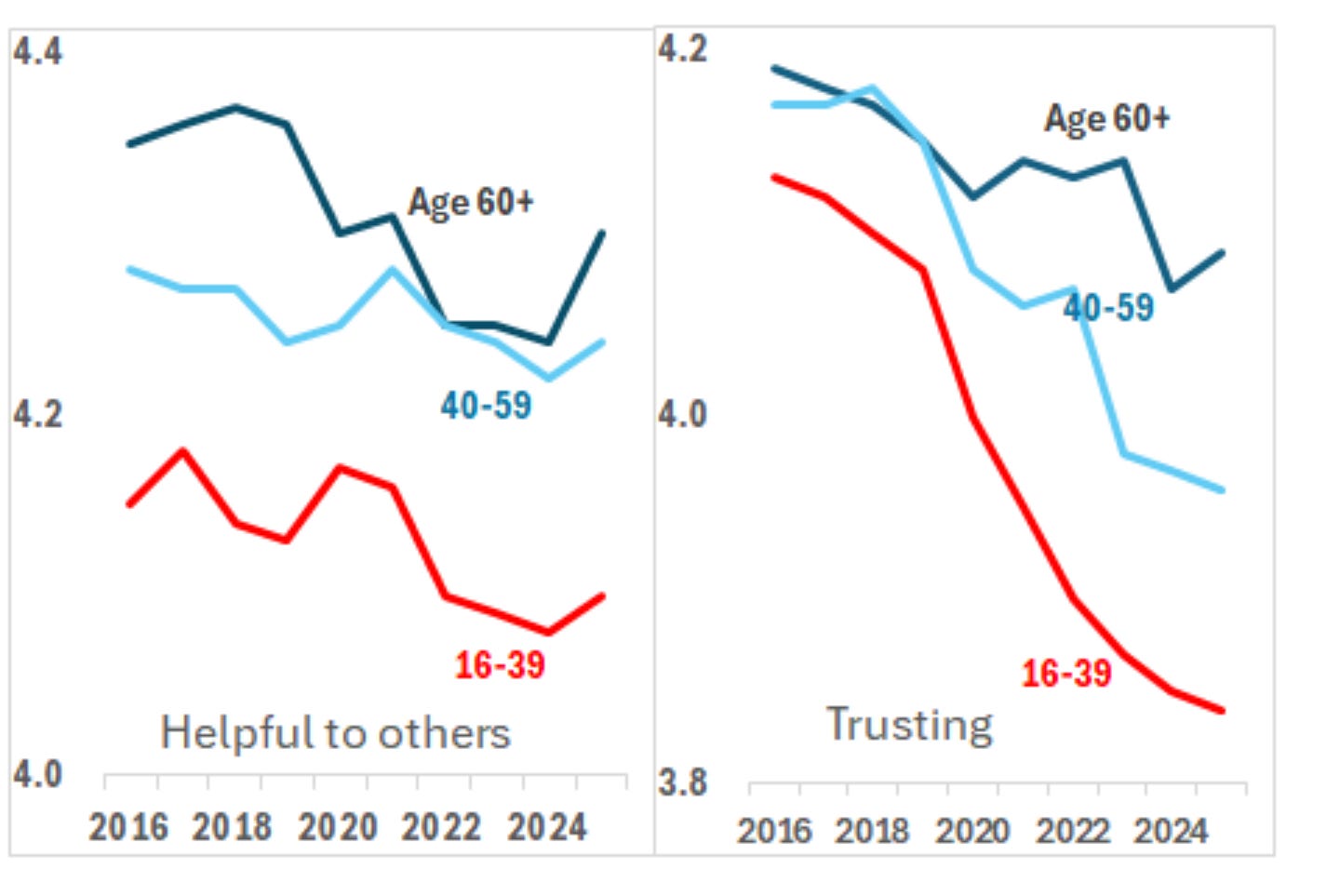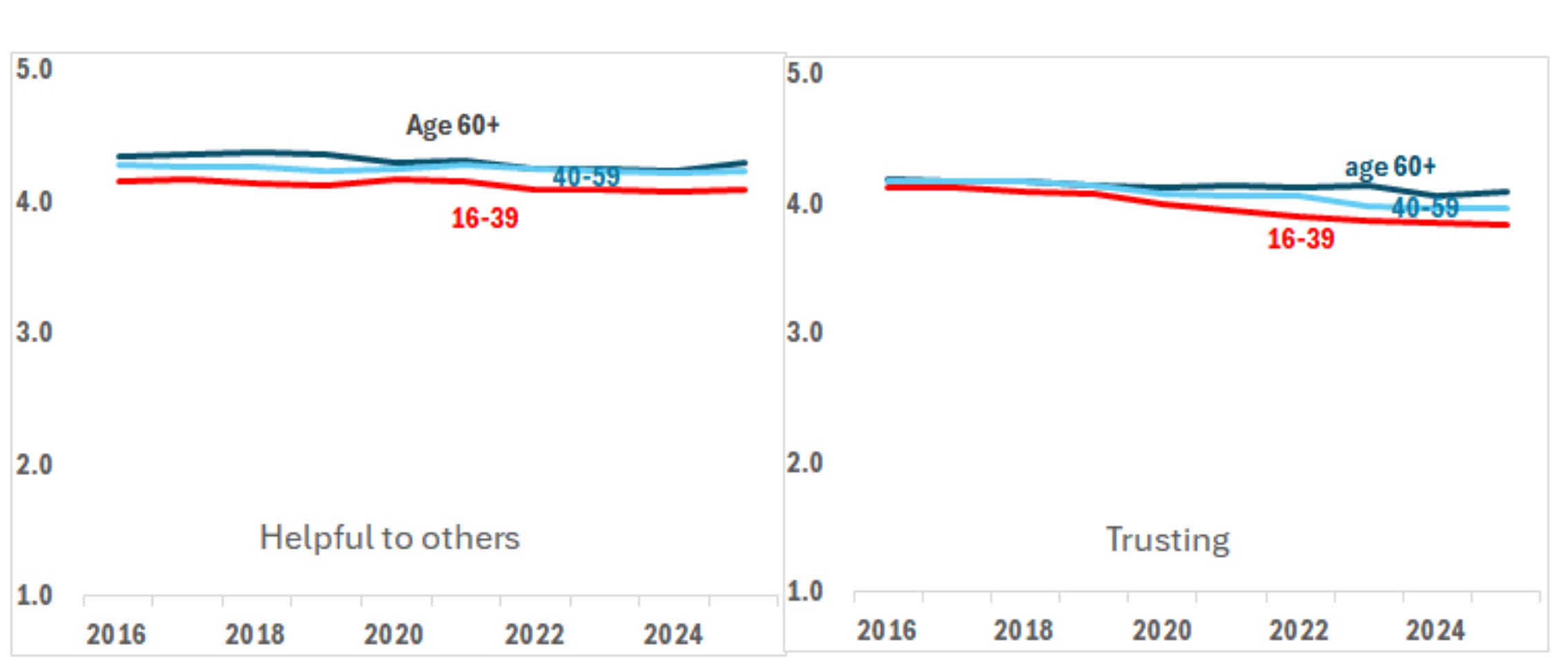Good for them! United Kingdom teenagers are easily defying the dumb, dangerous “Online Safety Act”
Mike Males, Principal Investigator, YouthFacts.org| September 2025
Teenagers are mass-defying UK leaders’ dangerous, ill-motivated crusade to restrict and ban young people from social media and expose them to dangerous “age verification” privacy violations, global tech analyst The Register reports:
“With the UK’s Online Safety Act (OSA) now in effect, it was only a matter of time before tech-savvy under-18s figured out how to bypass the rules and regain access to adult content.… the more obvious workaround was to simply install a VPN [Virtual Private Network] and browse the web as if from another country where such age verification laws don’t apply… some VPN companies reported a 1,400 percent increase in sign-ups since the OSA came into force.”
Another global web monitor quipped of youths’ ease in getting around censorship schemes: “An authoritarian legal apparatus that all understood would never accomplish its stated aims, implemented by lowest-bidding private companies while imposing vast regulatory costs, casually defeated instantly by any kid with an IQ above room temperature. But don’t worry, taxpayer: more can always be spent on being seen to do something.”
Some dodges are hilariously easy. The “Use-Their-ID” campaign has already generated 100,000 imposter drivers’ licenses (hijacking Prime Minister Kier Starmer’s own ID is a fave) to get around the OSA, UK Metro reports. Evasion strategies, wildly diverse, are rapidly evolving.
What can official nannies endangering the kids they pretend to protect do about it? Not much, Register experts say: “Banning VPNs to protect kids? Good luck with that.” Grownups, international corporations, and governments find VPNs highly useful. Adult interests and pleasures are at stake, so restrictions are “not gonna happen.” Shutting down VPN and fake-ID and -facial recognition sites is like Whac-A-Mole.
Meanwhile, The Register reports, “a digital petition to repeal the OSA has now reached north of 423,000 e-signatures at the time of writing, a figure well beyond the threshold triggering a Parliamentary debate on the matter.”
Some of the OSA’s privacy provisions benefit all users, but its youth restrictions, if not repealed, should just be disobeyed. UK, Australian, US, and other Western lawmakers, under the scam of “protecting children,” are implementing “age verification” measures so slipshod one would suspect their purpose must be to expose young people to identity and information intrusions by corporate marketers, government spies, and predatory criminals.
“The most widely adopted methods of digital age verification involve users sharing sensitive information such as facial scans, official ID cards or banking particulars with third-party companies—details which, in the process, inevitably get linked to individual data on pornography consumption,” Scientific American warns.
So, UK kids and grownups – just hold your government ID, picture, home address, phone number, email, webpages, identifying numbers, credit card, bank credentials, and facial, retinal, and/or fingerprint images up to the screen for permanent digital recording by random website and wink-wink “third party verifier”! Trust us! They would never exploit your info!
What could possibly go wrong?
“The UK’s censorship catastrophe is just the beginning,” warned Power User’s Taylor Lorenz. “Entire forums, websites, communities, and essential journalism is being censored.” Platforms are “classifying nearly all breaking news footage, war coverage, investigative journalism, political protest material, and information about reproductive and public health as ‘explicit’ or ‘harmful’ content, thus blocking anyone under 18 from accessing it.”
Already, Reddit and other sites are classifying information about Israeli war crimes, protests, and any potential “violence” as “explicit content” under-18s are forbidden to access. That broad-based censorship is exactly what officials intend by rushing ahead with vigorous enforcement. The government is “working with regulator Ofcom to implement the act as quickly as possible… those who wanted to overturn it were ‘on the side of predators,’ Technology Secretary Peter Kyle said.”
What a grotesque, upside-down lie. The real reason government regulators like Kyle are negotiating the OSA with government, tech giant, and corporate overlords is to help all gain easier access to millions of teens’ personal information.
Authorities are panicking over teens and social media… why?
Teens provably face far more dangers to their physical and mental health in the real world than online. In the UK, Australia, and especially, the U.S., severe drug abuse and family abuses inflicted by grownups are widespread and soaring. The leading U.S. health agency, the Centers for Disease Control, reports that parents’ abuses and troubles underlie two-thirds to 90% of teens’ mental health, drug abuse, and suicide problems; social media, just about none.
What, then, is driving exploding official panic over the trivial issue of teens and screens? It’s not teen safety or mental health.
Rather, during the U.S. Congress’s TikTok-divestment debate, lawmakers’ fury fixated on young people’s audacity to access information questioning official pro-Israel and climate-change-denial dogmas drove the censorship crusade.
“British support for Palestine is at an all-time high since October 7, particularly among the younger demographic,” the July 27 Sunday Times poll reports. U.S. polls show similar results. Young people’s anti-Israel views in particular seem to have triggered visceral, gut-level rage in Western officials.
Psychologist Jonathan Haidt, a vocal supporter of Israel who sees young people’s pro-Palestine views as driven by social media, has been hardening his stance against any online access by teenagers. In the past, Haidt acknowledged the internet has many benefits for teens. Lately, coincidentally or not, Haidt is demanding sweeping bans on under-16s (and soon, under-18s) ever going online for any reason. Haidt has ginned up anti-social-media “porn” hysteria and the very “stranger danger” paranoia he shrugs off in public life to decree that “children have no need to connect with strangers” or access disapproved-of information.
Defying and repealing “kids’ online safety” censorship is essential not just to teenagers’ safety and well-being, but democracy’s survival
The biggest dangers by far to children and teens are not online or public strangers, but nearby adults and family members. There’s no argument here.
No matter. U.S., U.K., Australian, and other Western authorities have made it clear: they will not even acknowledge, let alone redress, the family abuses that are the real drivers of many teenagers’ poor mental health. Yet, policy makers tirelessly strive to ban teens from online communities, education, and health resources by which young people help themselves.
Teenagers can handle online predators, bullies, Nazis, misogynists, and porn; what teens need protection from is grandstanding officials’ ignorant, malicious endangerments. Sadly, there’s no <delete> button for a youth to block legislative, attorneys general, prime minister, psychologist, and agency charlatans.
Thus, it’s heartening to see teenagers so easily getting around officially-forced censorship and privacy hazards. Teens should understand that authorities’ sanctimonious clownishness is not to “protect” youth from seeing a boob or untoward message, but to control and repress young people.
Young people, like adults, have non-negotiable rights to information, privacy, resources, communication, and expression. Civil disobedience is in the best tradition of democracy, but now it is also proving crucial to younger generations’ and their societies’ survival.
Given the broad censorship and vastly expanded surveillance state the OSA and similar “child safety” policies are forcing across all platforms, teens’ defiance of the OSA is essential to maintaining the UK’s, US’s, and West’s threatened democratic traditions.
Despite teens’ currently successful defiance, this isn’t over. The history of repression indicates the UK and other governments will respond to failure with ever-more draconian crackdowns, asserting power while proving futility with schemes to punish, perhaps even criminalize, young people who go online. Cataloguing individuals by the sites they visit, as Scientific American warned, is a necessary step. Orwell’s panoptic telescreen is the prototypical surveillance-state dream.
The UK’s useless school cellphone ban instigated by official panic combined with “weak” evidence is the political model: if an official crusade enables authorities to deride a young population they clearly despise, who cares if it works?
Hopefully, young people’s resistance savvy will keep evolving faster than government repressions. Freedom of the press, thought, association, and expression now depends on sabotaging official authoritarianism.



